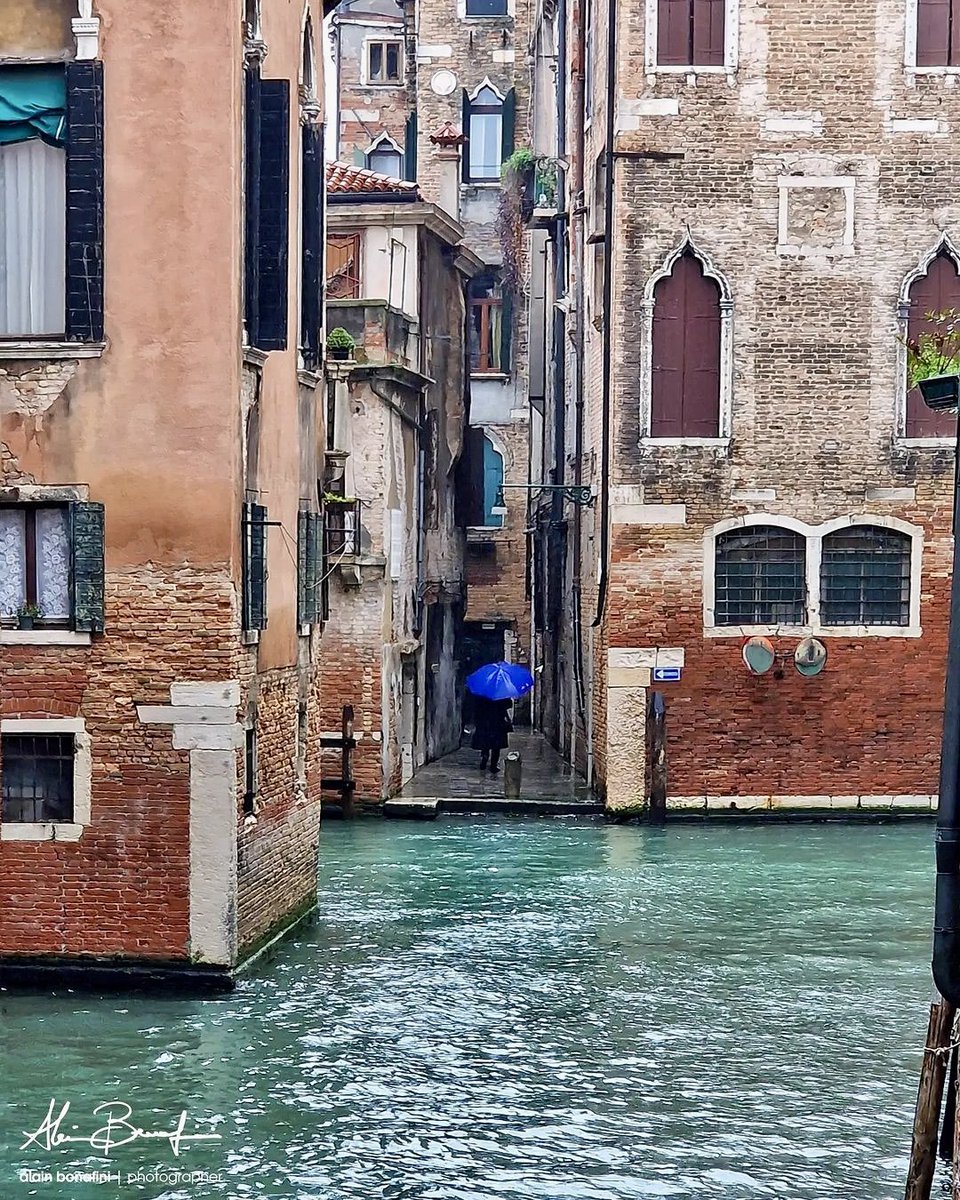Student Village Academy › Forums › HISTORY › General History › Why does Venice float?
- This topic is empty.
Viewing 0 reply threads
-
AuthorPosts
-
-
August 5, 2024 at 2:30 PM #70859
 justseyiKeymaster
justseyiKeymasterThe question might seem trivial, but give it a moment’s thought: Why does Venice float? What does it rest on? And, most importantly, why doesn’t it sink?
It seems to float above the lagoon, but in reality, it emerges from the waters thanks to its foundations. Venice is built on wooden piles, which is why it is also known as the “upside-down forest”.How is it possible that, despite the passage of time, these very piles, driven into the sediment of the lagoon, have not deteriorated? Let’s find out together as we retrace the history of this revolutionary engineering project.Tradition holds that Venice was founded on March 25, 421 AD. It is astonishing to realize that for centuries, its foundations – thousands of wooden piles driven into the ground and immersed in water – have not rotted.The technique used is called “pile-driving,” which replaced the natural seabed with an artificial one, formed by a dense network of piles (about 9 per square meter), with diameters ranging from 10 to 25 cm and lengths extending from one meter to three and a half meters.They marked the area destined for the foundation of the new palace with two series of parallel pile foundations, 80 cm apart. These are the so-called perimeter indirect foundations.Depending on natural resistance to atmospheric agents and water, as well as availability in the area, various types of wood were chosen, from oak (dense and resistant, better suited to bearing heavy loads and withstanding harsh environmental conditions) to fir, larch, and pine (known for their hardness and durability).The piles were driven into the ground by percussion, a technique typical of driven piles, literally hammered into the ground, ensuring excellent resistance through lateral friction with the soil. To ensure the right solidity, a support layer (about 50 cm thick) was placed above the piles, consisting of layers of planking or stone.One of the main reasons the wooden piles do not rot is the anoxic environment (devoid of oxygen) in which they are located. When wood is completely submerged in water and mud, it is deprived of oxygen: this causes the microorganisms that decompose wood to die, as they need oxygen to survive and proliferate.Another key factor is the process of mineralization. Over time, minerals present in the water and surrounding soil penetrate the wooden piles, making them harder and increasing their longevity and resistance to decomposition.Finally, the role of mud, which not only acts as a cushion, evenly distributing the weight of the city above the piles and preventing structural failures but is also rich in fine sediments that form a protective layer around the piles, further isolating them from oxygen and microorganisms.Despite all this, erosion and wear are inevitable, and thus, from time to time, even Venice yields.When we wander joyfully through Venice, let’s never forget what lies beneath our feet. It’s a gesture of love and awareness.Venice is beautiful, but let’s remember that it suffers, and it won’t be there forever… In fact, some are quite pessimistic about its disappearance.If you have enjoyed this thread, please be kind enough to share it. It has been created with love, respect, and the hope that the world’s most unique city may endure forever.
-
-
AuthorPosts
Viewing 0 reply threads
- You must be logged in to reply to this topic.
















